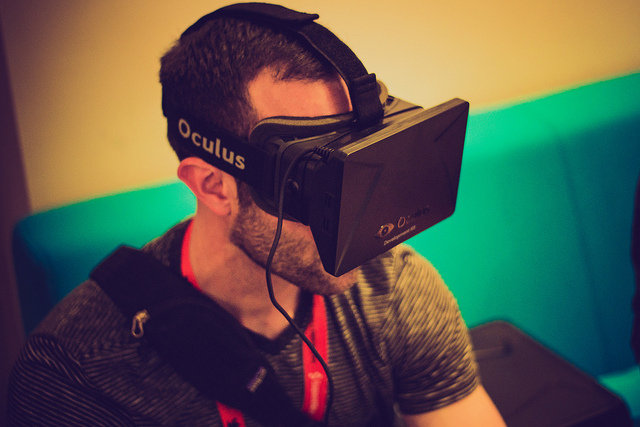
Star Wars conventions: one place where everyone is equal (if they hate Jar-Jar Binks). Or maybe not. As it turns out, even Star Wars has become a controversial area for discussing the place of feminism and powerful women in society. Work by sociologists CJ Pascoe and Tristan Bridges sheds more light on how sexism has infiltrated nerd culture. Following their recent book release, Pascoe and Bridges were interviewed by Broadly to help explain sexism in an unlikely arena.
Pascoe explains that “nerds” are consistently emasculated in society because they don’t participate in the same types of gendered dominance displays expected of young men. That might make it seem they exist away from expected dichotomies of gender roles. Bridges adds, however, that nerdy activities have become more mainstream due to popular television and media, so now the traditional nerd versus jock relationship is more nuanced.
Bridges said,
Nerds are, as a cultural “type,” emasculated… But it’s also true that there is a lot of toxic masculine behavior in nerd cultures. Think about it: #GamerGate happened among the nerds, not the jocks.
Pascoe agreed, explaining that fandom cultures create a space for men to be dominant even if they do not follow mainstream masculine pressures. The presence of women in these spaces might constitute a threat to the men within them. Still, Pascoe concludes that feminism is still a benefit for nerd culture overall. She says hopefully,
Increasing including and visibility of women, trans folk, and LGBQ folk in fandom communities will result in less damaging gender socialization for everyone—men included—and will help to change the way in which nerds themselves are placed on the bottom rung of some masculinity hierarchy.

